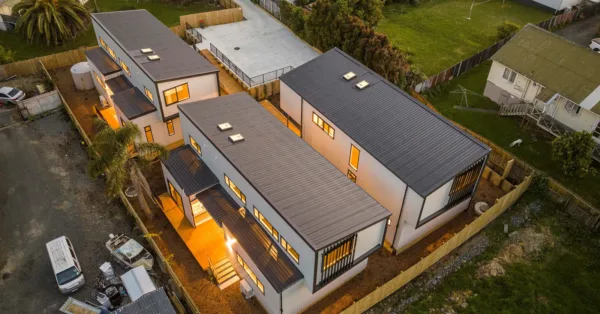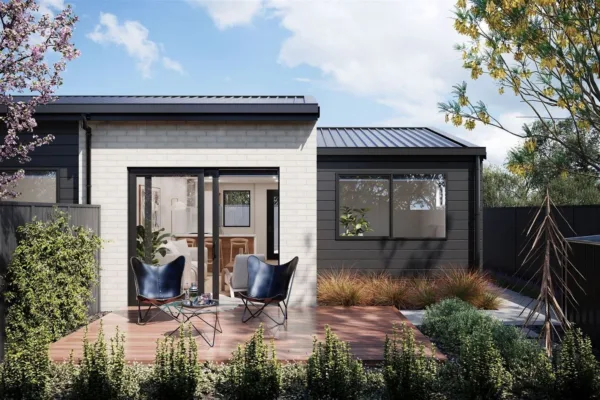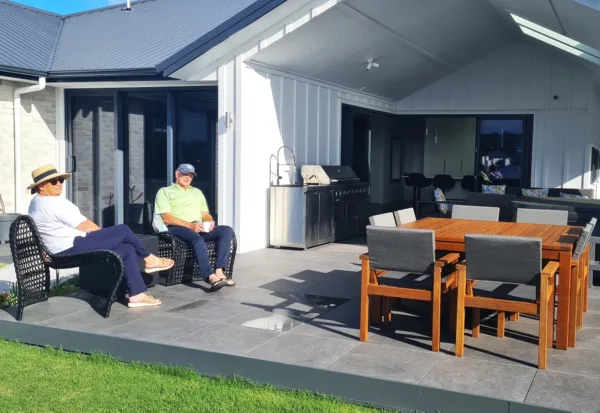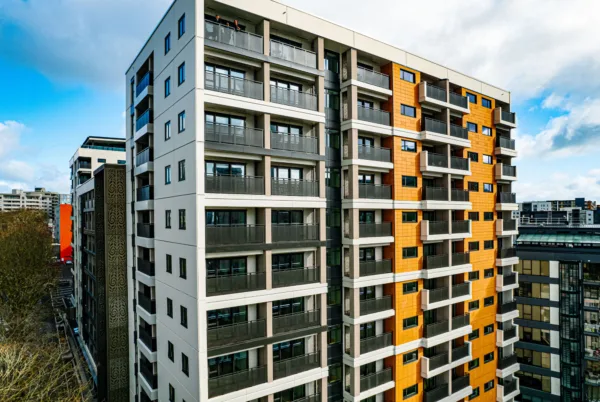Lifemark Universal Design Champion – Nigel Smith
Lifemark Universal Design Champion – Nigel Smith
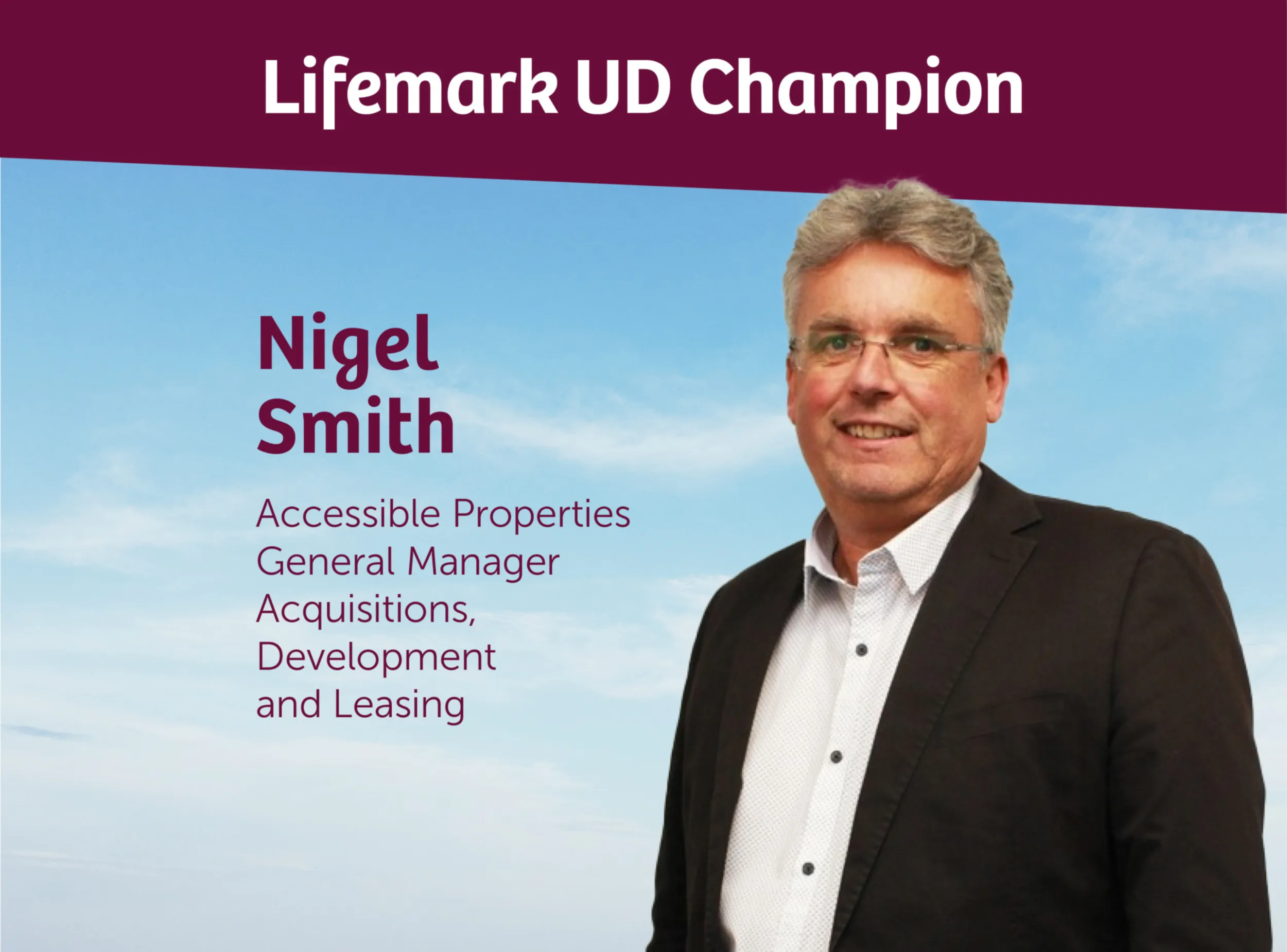
At Lifemark, we believe it takes a village to create spaces that work for everyone, and we love celebrating those who are making waves with Universal Design – our UD Champions.
We sat down with this month’s Champion, Accessible Properties’ General Manager Acquisitions, Development and Leasing Nigel Smith, to discuss his thoughts on all things Universal Design.
Tell us about your journey with Universal Design.
Nigel: When I started working with IHC around 18 years ago, we managed the portfolio of houses they had for people who were supported by our sister company, IDEA Services, and other IHC organisations. These homes were accessible for people with higher physical needs – this was over and above Universal Design but it’s where I first encountered the concept.
Over the years we expanded to cater for wider disabilities as we wanted to help more people needing accessible housing. We also acquired Hamilton City Council’s pensioner housing portfolio which was a good fit for us because we were concerned with disabled people but also aging in place and catering to people’s long-term needs.
Then we bought Housing New Zealand’s Tauranga portfolio so we’ve gone broader again. We’ve had to expand beyond our original remit to help grow housing for people with disabilities overall. Even the ex-Housing New Zealand portfolio has quite a percentage of people with some form of disability or access requirement, so we’re focused on catering for everyone’s needs.
Wherever possible we build our homes to Universal Design Standards, however even when it isn’t possible to make a design fully accessible, we are still committed to incorporating key Universal Design features such as wider halls, doorways and lever handles as a standard, because these things make homes easier to live in for everyone.
Over the last few years, adaptability has also become a key focus for us. I often say, “If you can’t make it accessible, make it adaptable.” A lot of the internal features can be added easily, and that will make the home adaptable for the future.
I have been involved with Lifemark for many years and had the opportunity to provide client feedback and input when Lifemark’s standards were developing. It was a learning for us, and because of this, we have been able to apply the standards from the outset, and it has been really helpful in achieving good outcomes.
Why is Universal Design important to you?
Nigel: One of our guiding principles is that people can belong and thrive in their homes and their communities. For people with limited mobility to belong and thrive, they first need to be able to access and move around their own homes safely and easily, and beyond that, they need to be able to access their communities as well. They should be able to have a good life just like anyone else and the house they live in should be assisting them to have that good life.
It’s things people often take for granted like being able to have friends over. We’re doing some work with terraced housing and are having to think about how to make that work for accessibility. What we’ve determined is that even if we can’t make a two-story home fully accessible, at the very least we want the bottom floor to be accessible so that everyone, whether that’s a friend with a disability or an elderly parent, can have access into the house.
That’s again where the importance of community comes in. It’s not just limited to the person who lives there, it’s thinking about their future needs and the people who visit as well.
"It’s important to realise our population is aging. We’re always going to have people who have accidents or impairments, but we’ve got a definite shift in our aging population and New Zealand’s housing currently can’t meet that need. [...] Building more Universally Designed homes is a no-brainer to us."
Tell us about a memorable Universally Designed project you have been involved in.
Nigel: We did a 24-unit, four-storey apartment building with Bloom Living in Henderson that stands out to me. Due to the funding model in Auckland, we bought the existing design from a developer who works in the retiree space, so the project was well underway when I got involved.
Despite the constraints of the design, we managed to make some tweaks that weren’t structural and ensure all the units had level access. Of the 24 units, 20 of them received a Lifemark 4-Star rating, and the four that didn’t still have many Universal Design features, it’s just that there were certain aspects such as the width of the hallways that couldn’t be adjusted to meet the mandatory Lifemark requirements.
To take a whole building that was already well into the design process and adapt it to make it Universally Designed was very satisfying.
Another one that comes to mind is a large six-bedroom home in Papamoa, where we had the luxury of being involved in the design from the outset. We were able to give the plan to Lifemark to look at right at the start. The design has four bedrooms on one side of the house, a big open-plan living area, and then two bedrooms with an accessible bathroom on the other wing. On Lifemark’s advice, we made some changes that allowed that whole wing to be fully accessible, which offers a lot of flexibility for those living in the home.
We imagined it being suitable for multi-generational living and that is what it ultimately ended up becoming. The grandparents live on one end with a lovely accessible bathroom and good access through the 1200mm wide hallway off the living room, and the young family lives on the other end. It works really well, and it was a great outcome for the tenants.
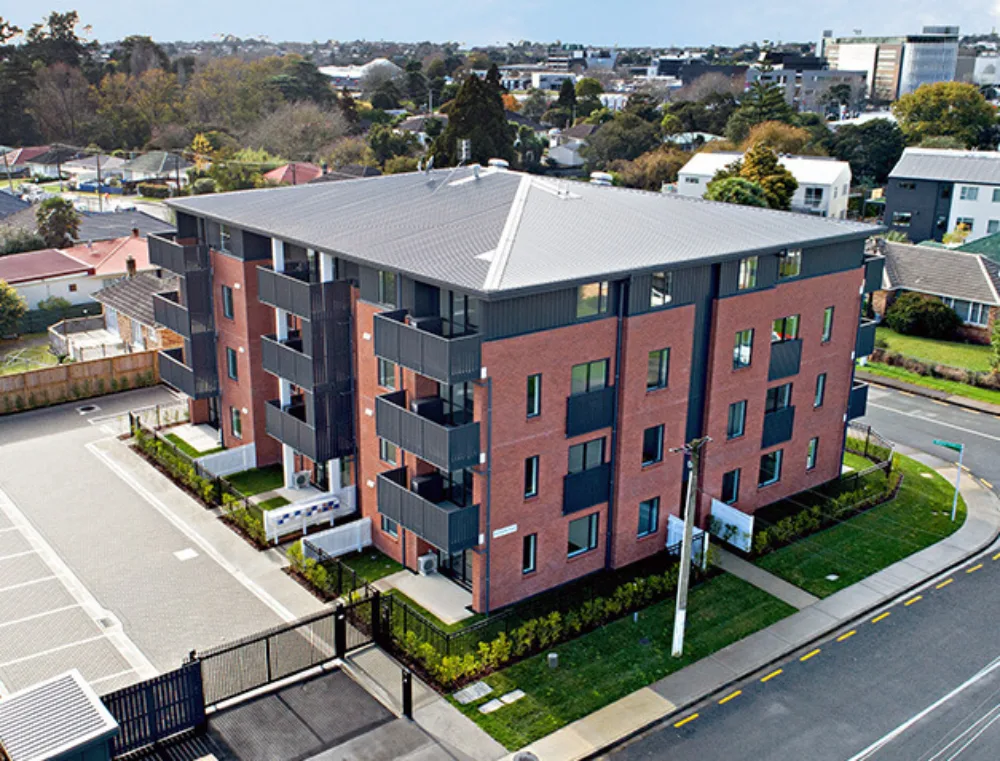
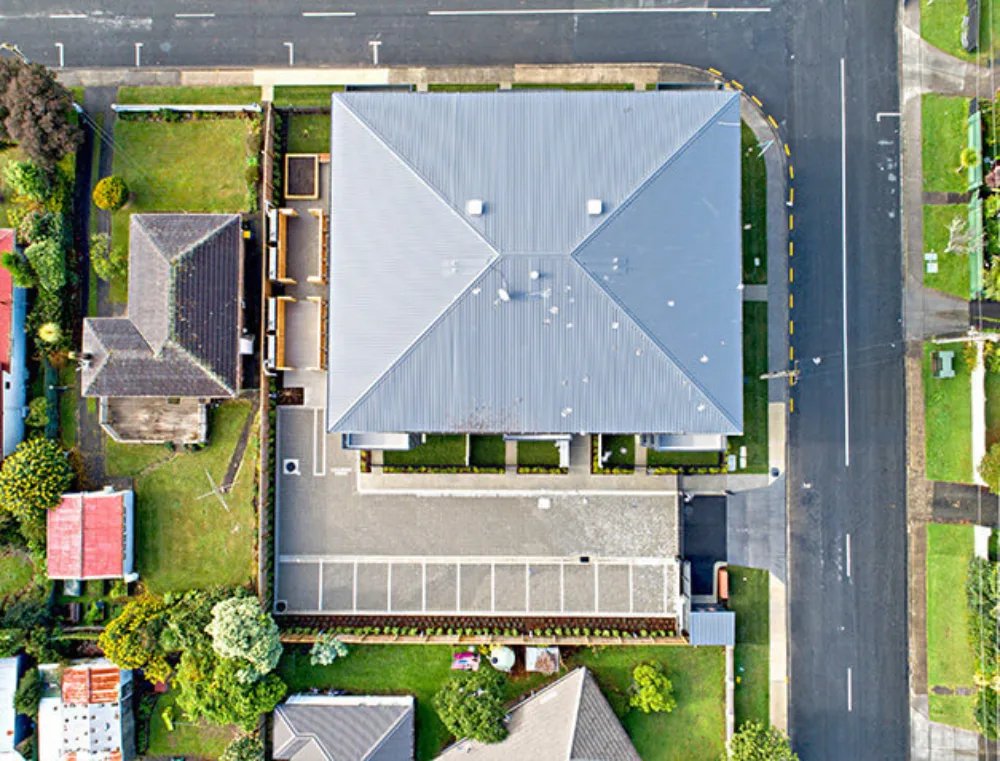
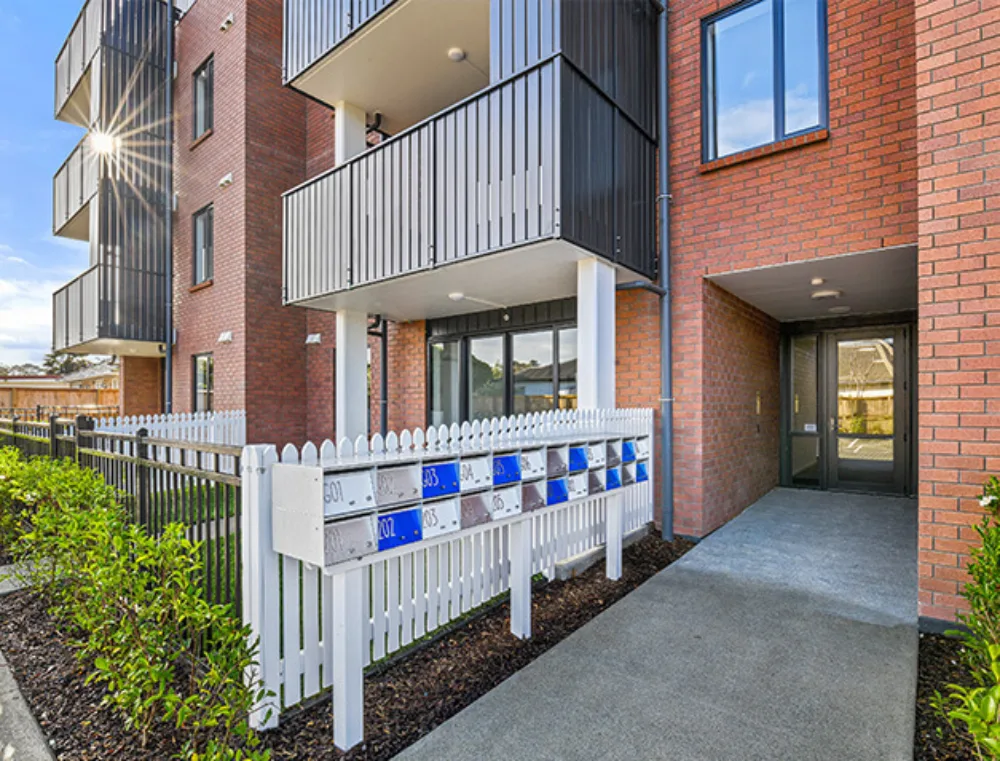
What is one thing you want everyone to know about Universal Design?
Nigel: As you get older and start thinking about aging in place, you appreciate the importance of having Universal Design from the outset. My mother got dementia early, and we were able to design our family home to ensure it was the best place for her to be. Knowing the house was going to cater for the future was pretty comforting.
Also, I think people should realise what a difference just incorporating the fundamentals like having wider hallways and doorways can make. The cost of doing those things during a build is minimal, but it’s much more enabling for the people in the house.
It’s amazing to see people’s faces when they realise how much easier it is for them to live in their homes. We’ve had people in tears when they’ve seen what they can do once they have accessible features. It changes their world.
At the end of the day, no one wants to design a home thinking about getting old or having access needs, but it’s so essential for the long term. Because we designed our home to be suitable for my aging mother, we are now able to benefit from those features as well going forward.
"It's amazing to see people's faces when they realise how much easier it is for them to live in their homes."
Lastly, what are your views on the state of accessible and Universally Designed housing in New Zealand?
Nigel: It’s important to realise our population is aging. We’re always going to have people who have accidents or impairments, but we’ve got a definite shift in our aging population and New Zealand’s housing currently can’t meet that need. The demand is going to be there going forward, so building more Universally Designed homes is a no-brainer to us.
A key change we would like to see is for it to become easier in terms of adhering to the building code when delivering Universally Designed solutions, because it’s getting more challenging to get approval for things like level access, thresholds and drainage.
Issues like stormwater and flooding are important, especially in light of recent events, but they have overshadowed other aspects like accessibility to the point where they seem to put up barriers and make things more difficult. I think we could be much more innovative and accepting of solutions that facilitate Universal Design, and also review whether we need to make changes to the code to make it more practical.

